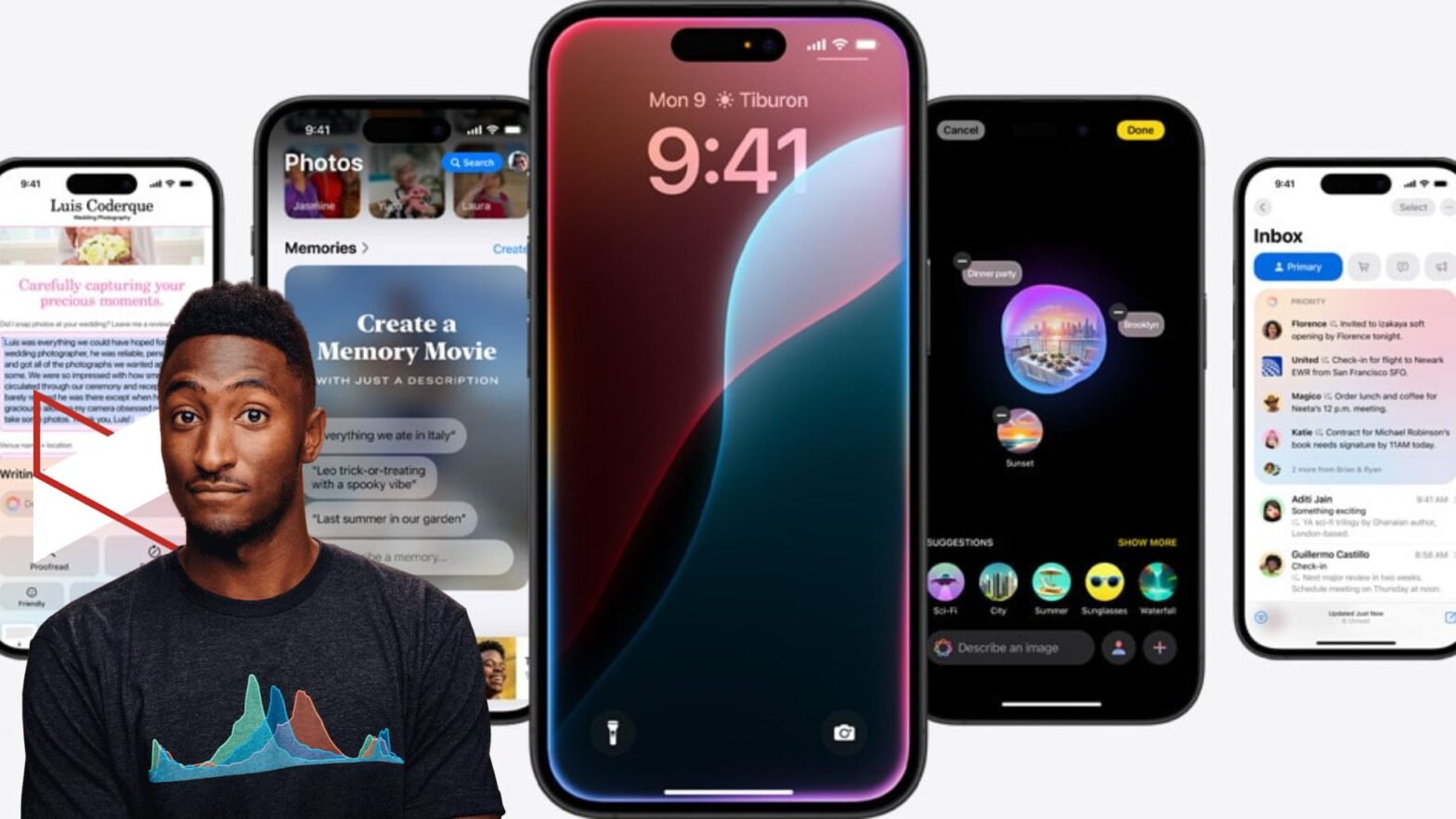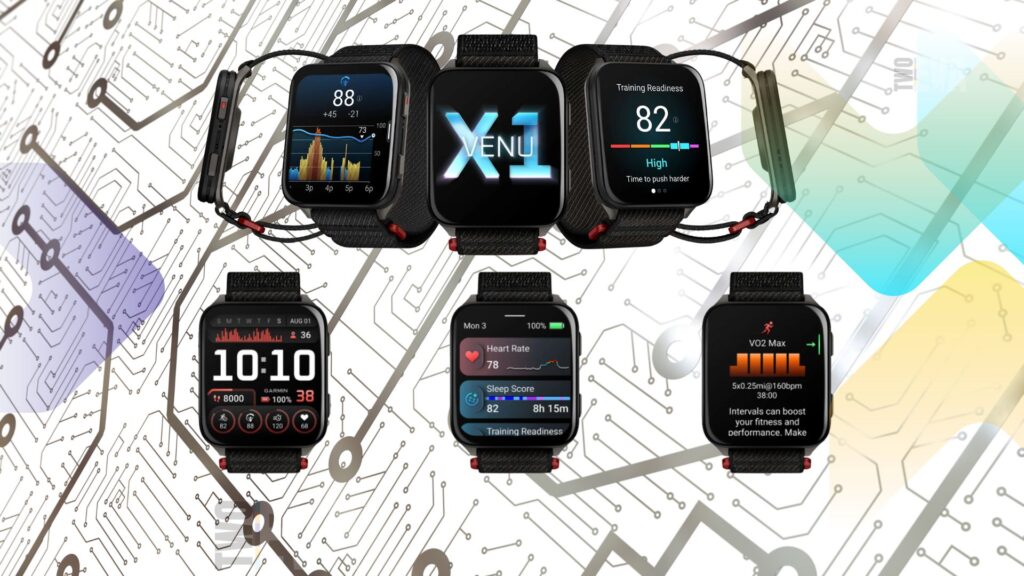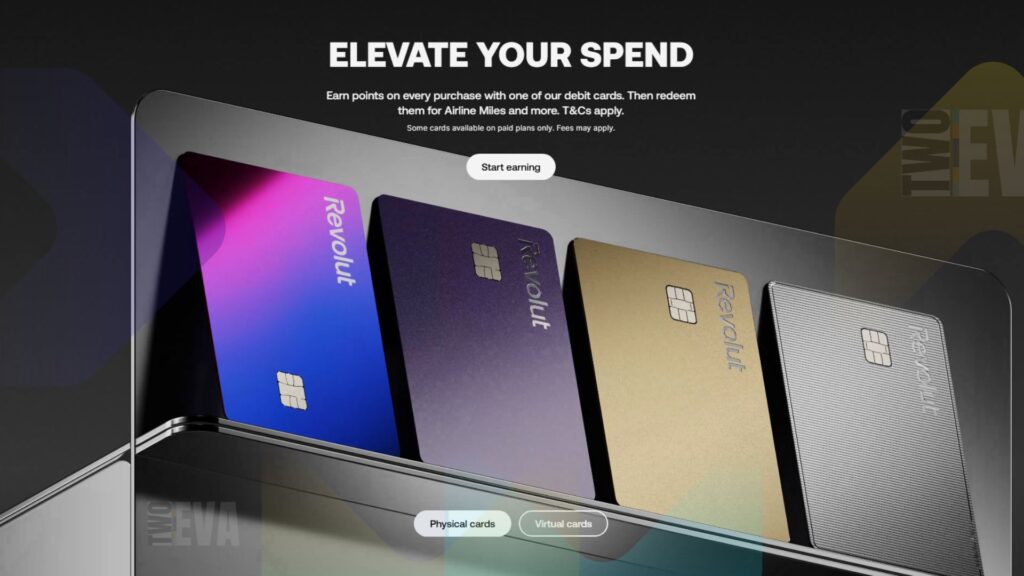Apple’s ambitious foray into artificial intelligence, branded as “Apple Intelligence,” was unveiled at WWDC 2024 with a vision to transform user experiences across its ecosystem. Nearly six months after the announcement and with a full rollout projected for March 2025, questions persist about whether these features deliver on their lofty promises. While Apple’s cautious approach has prioritized privacy and security, critics argue this has left the tech giant trailing competitors like Google and Microsoft in the AI race. Mixed reviews following the beta release further fuel doubts about Apple’s ability to meet expectations without compromising its privacy-centric ethos.
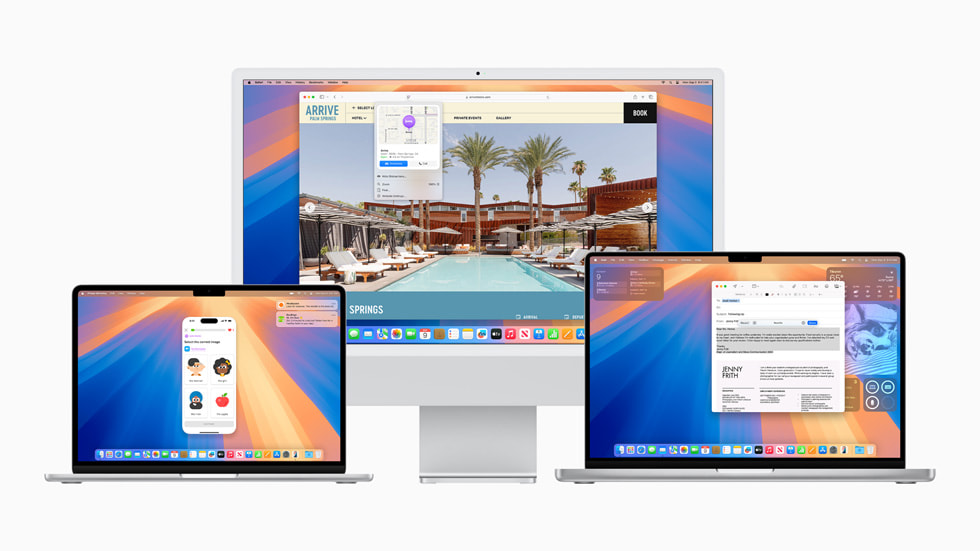
A Detailed Critique by Marques Brownlee: Prominent tech reviewer Marques Brownlee (MKBHD) recently offered an in-depth critique of Apple Intelligence, highlighting both potential and shortcomings. Known for his thorough and influential analyses, Brownlee’s review resonates with broader industry sentiments. His findings underscore an ongoing gap between Apple’s marketing promises and product performance. This reflects a familiar pattern where Apple’s innovations are scrutinized for being overhyped yet underdelivered—an issue particularly critical in the competitive AI landscape.
Features Released So Far
1. Writing Tools: Apple’s generative AI-powered writing tools offer users the ability to rewrite text in modes like “friendly,” “professional,” or “concise.” While functional, Brownlee found the tools’ utility limited, criticizing their repetitive user interface. This feedback aligns with user frustrations about incremental updates in Apple software that lack revolutionary impact.
2. Notification Summaries: Intended to streamline notifications into digestible insights, this feature has struggled to demonstrate meaningful value. Brownlee noted that summaries often fell short, occasionally producing amusing but unhelpful results. The critiques point to a recurring challenge for Apple in balancing simplicity with functionality in AI-driven tools.
3. GenMoji: A generative emoji tool, GenMoji allows users to create custom emojis via text descriptions. While playful, the feature’s appeal remains niche. Brownlee observed that such novelties may divert focus from core functionalities that could better enhance user experience.
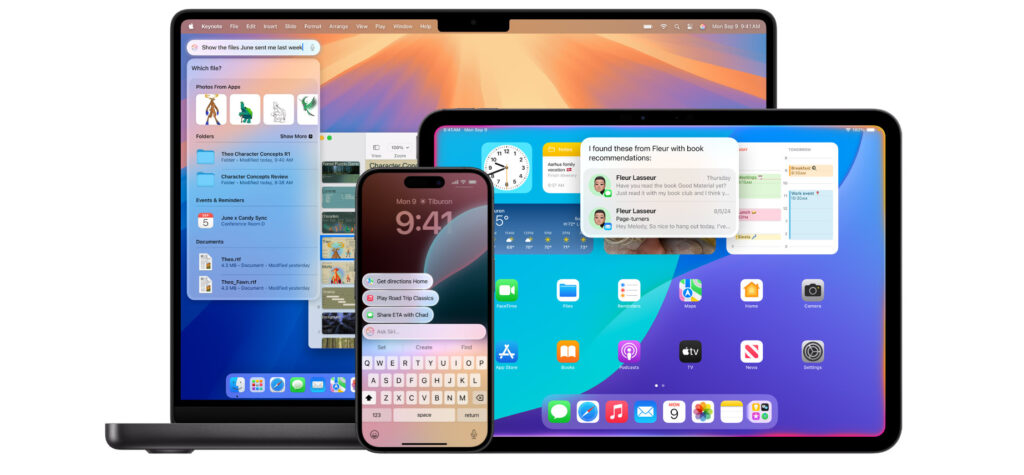
4. Image Playground: This app generates cartoon-style images based on text descriptions but is restricted to cartoons, limiting its broader appeal. Despite creative potential, Brownlee predicted he wouldn’t revisit the app, reflecting a missed opportunity to engage users with more versatile tools.
5. Priority Notifications: Designed to surface critical notifications; this feature aims to improve productivity but lacks originality. Brownlee noted its similarities to long-standing Gmail functionalities, raising questions about Apple’s ability to deliver groundbreaking features in this space.
6. Photos App Enhancements: A single standout feature—background object removal—was praised for its effectiveness, even outperforming competitors like Google. However, its singular focus highlights Apple’s struggle to compete with platforms offering more comprehensive photo editing tools.
7. Recording Summaries: With accurate transcription and summarization, this tool shows promise but suffers from clunky integration within the Notes app rather than the more intuitive Voice Memos app. This design choice limits its practicality for real-world use cases like lectures or meetings.
8. Visual Intelligence: Featured in the iPhone 16 lineup, this tool identifies objects and answers AI-based queries via the camera. Despite being functional, its iterative nature—similar to long-standing capabilities from competitors—fails to feel revolutionary.
9. ChatGPT Integration: By incorporating ChatGPT into Siri, Apple has bolstered the assistant’s ability to handle complex queries. However, Brownlee noted that the core Siri experience remains largely unchanged, leaving users questioning the depth of this integration.
What’s Still Missing: Apple has teased upcoming features, including enhanced Siri capabilities designed to work seamlessly with third-party apps. While Brownlee expressed cautious optimism, the delay in delivering these updates risks further eroding user confidence, especially as competitors continue to advance rapidly.
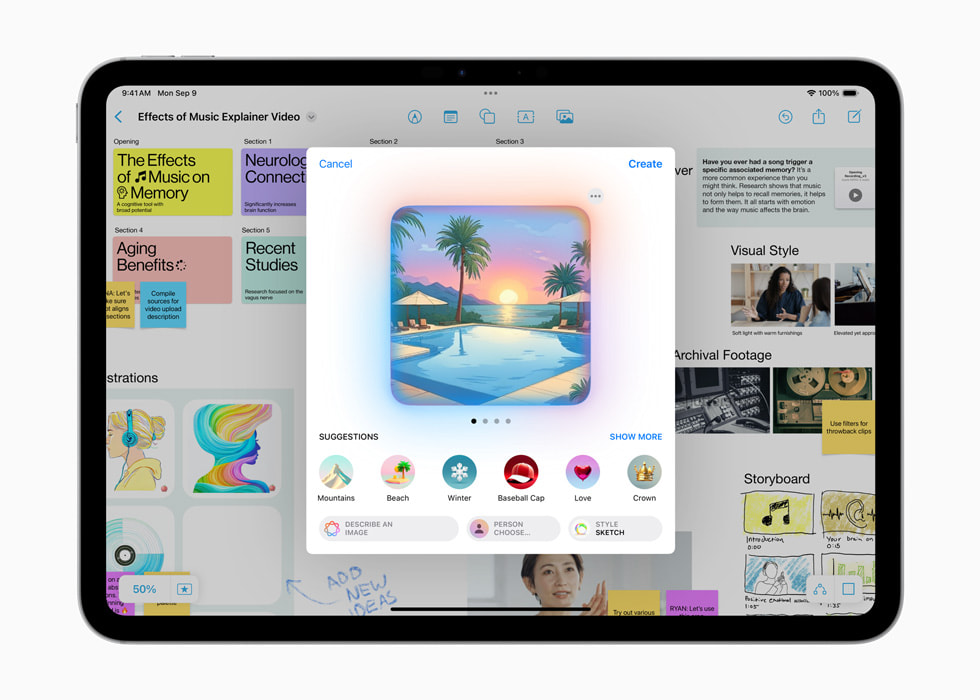
A Mixed Verdict: Brownlee concluded that Apple Intelligence features are a mix of promise and disappointment. Tools like visual intelligence and background object removal demonstrate clear utility, while others, such as GenMoji and Image Playground, feel redundant or overly niche. This uneven performance highlights the ongoing tension between Apple’s innovative aspirations and its ability to execute at the level of its competitors.
Final Thoughts: The rollout of Apple Intelligence exemplifies both the opportunities and challenges of integrating AI into consumer technology. As Apple refines these features, the ultimate test will be whether they fulfill the ambitious vision set forth at WWDC 2024 or fade into the background as incremental updates. With fierce competition in the AI space, Apple’s ability to navigate these hurdles will play a crucial role in maintaining its position as a leader in the tech industry.

